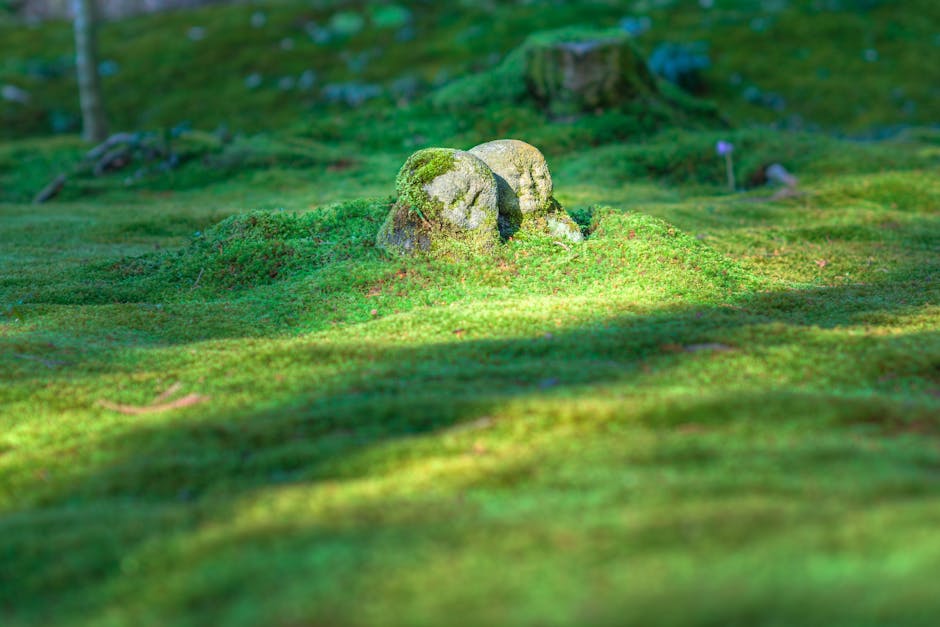
The Sengoku period of Japan is a tapestry woven with ambition, betrayal, and unparalleled strategic genius. Among its most iconic figures stands Toyotomi Hideyoshi, a man whose meteoric rise from humble origins to become the unifier of Japan continues to enthrall audiences centuries later. It’s no wonder that in 2026, a new volume dedicated to this remarkable Sengoku warlord is set to launch as part of the acclaimed "Yasashiku Yomeru Visual Denki" series, a collection that has already celebrated a phenomenal series cumulative 300,000 copies sold, promising to be full of color illustrations to bring history to life.
As a historian, I find Hideyoshi's story particularly compelling because it's not just a recounting of battles, but a profound human drama about a man who defied all expectations. His life offers a masterclass in strategy, adaptability, and the sheer force of will.
The Ascent of a Visionary: From Sandal-Bearer to Shogun's Heir
Unlike many of his contemporaries who were born into powerful samurai clans, Hideyoshi began his career as a sandal-bearer for the formidable Oda Nobunaga. Yet, he possessed an extraordinary intellect and an uncanny ability to read people and situations. His early career is a testament to his resourcefulness, loyalty, and burgeoning strategic mind. He wasn't just a soldier; he was an innovator, a logistical genius, and a master of psychological warfare.
Castles: Stones of Power and Strategic Brilliance
To truly understand Hideyoshi, one must look at the castles that marked his journey and symbolized his growing power. These weren't merely fortifications; they were extensions of his strategic will, monuments to his ambition, and critical pieces in the grand chess game of unification.
Sunomata: The "One-Night Castle" Legend
Perhaps no tale better illustrates Hideyoshi's ingenuity than the legendary construction of Sunomata Castle. During Nobunaga's campaign against the Saito clan, Hideyoshi was tasked with building a forward base in enemy territory. He reportedly accomplished this feat with astonishing speed, erecting a formidable wooden fortress seemingly overnight. While historical accuracy might suggest it took a few days rather than one night, the legend itself speaks volumes about his organizational skills and the psychological impact he had on his enemies. Imagine the shock and demoralization of the Saito forces waking to see a fully constructed castle where none stood the day before! This audacious move was a crucial step in Nobunaga's conquest of Mino province, demonstrating Hideyoshi's ability to turn impossible challenges into strategic victories.
Osaka Castle: The Crowning Jewel of a Unified Japan
After Nobunaga's death, Hideyoshi rose to become the undisputed ruler of Japan. His ultimate statement of power and the symbol of his unified realm was the magnificent Osaka Castle. Begun in 1583, this monumental fortress was designed to be impregnable, boasting massive stone walls, intricate moats, and towering donjons. More than just a military stronghold, Osaka Castle was built to dwarf all others, proclaiming Hideyoshi's absolute authority and wealth. It became the political and economic heart of his domain, a bustling center that reflected his vision for a peaceful, prosperous Japan. Walking through the remnants of its grandeur today, one can almost hear the echoes of his court, a testament to his unparalleled ambition and the sophisticated administration he established.
The Drama of Unification and Enduring Legacy
Hideyoshi's path to unification was fraught with dramatic turns. His swift "Chūgoku Ogaeshi" (Great Return from Chūgoku) after learning of Nobunaga's betrayal at Honno-ji, covering vast distances in record time to avenge his lord, is a legendary feat of military logistics and determination. This decisive action allowed him to outmaneuver rivals and seize the mantle of power.
Beyond military prowess, Hideyoshi implemented policies that profoundly shaped Japan. His nationwide Taiko Kenchi (land surveys) rationalized land ownership and taxation, laying the groundwork for a stable feudal system. The Katanagari (sword hunts) disarmed the peasantry, effectively separating the samurai class from commoners and preventing future uprisings. These policies, while sometimes harsh, brought an unprecedented period of peace and order after a century of civil war.
His story is a thrilling narrative of a man who, against all odds, leveraged his intelligence, charisma, and strategic brilliance to achieve the impossible. It’s a tale of ambition, loyalty, betrayal, and ultimately, the heavy burden of power.
Why Hideyoshi Continues to Captivate Today
The enduring appeal of Toyotomi Hideyoshi lies in his relatable journey and the timeless themes his life embodies. He represents the ultimate rags-to-riches story, inspiring generations with the idea that talent and determination can overcome any social barrier. His strategic genius, seen in the rapid construction of castles or his brilliant military campaigns, offers fascinating insights into leadership and problem-solving.
For modern readers, especially those discovering his story through accessible formats like the "Yasashiku Yomeru Visual Denki" series with its enticing color illustrations, Hideyoshi is more than just a historical figure. He is a symbol of resilience, a complex leader whose triumphs and eventual struggles resonate with the human condition. The fact that this series has sold over 300,000 copies speaks volumes about the insatiable appetite for these compelling historical narratives, ensuring that Hideyoshi's dramatic life will continue to be explored and admired by new generations in 2026 and beyond.
Comments
Post a Comment